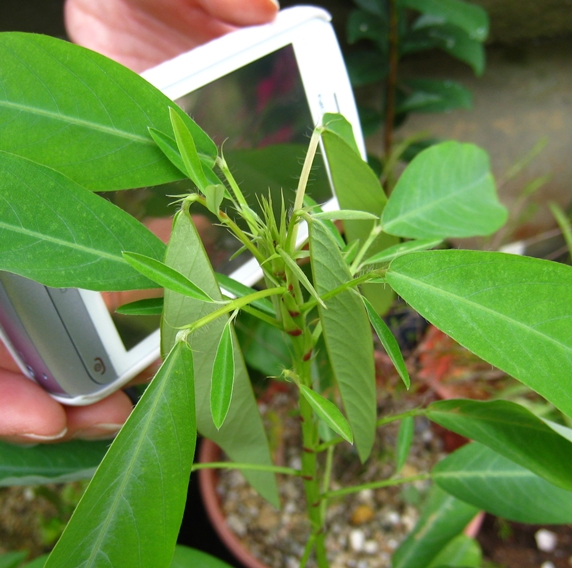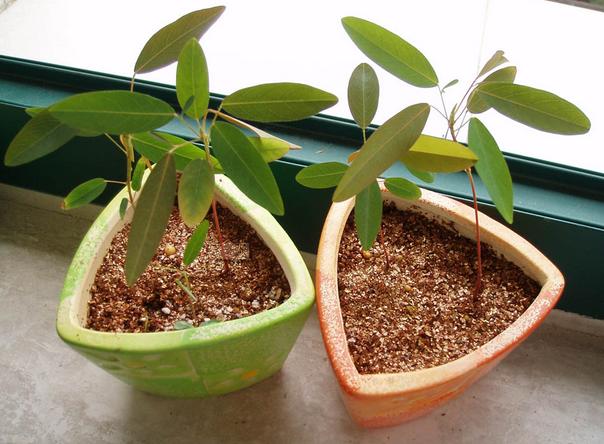Have You Ever Seen Or Heard Of A Dancing Plant?
People aren’t the only living creatures that love to dance. Believe it or not, there is a plant that also enjoys grooving to the beat.
Meet the Dancing Plant. Codariocalyx motorius (or Desmodium gyrans), also known as the Telegraph plant or semaphore plant, is quite the fascinating plant! This peculiar shrub, native to Asia, has sparked the interests of botanists and others alike. The leaflets move in set elliptical patterns to help deduce the position of the sun (to appropriately expend energy moving the larger leaves where fitting).
The intense fascination with these plants does not occur from its flowering habits, its peculiar “behavior”, or even its life cycle. The most intriguing thing about this plant is that it moves when stimulated by sound. The leaves move up and down rhythmically, as if the plant is dancing or sending out Telegraph message.
When exposed to sound, particularly high pitch (high frequency) sound waves, however, the plant’s leaflets and leaves move in a peculiar fashion. The leaves move dramatically enough, and quick enough, to be reasonably observed the human eye.
The Telegraph Plant would be a fun houseplant for kids or anyone that amuses easily! Simply plant in fertile, well-drained soil and place in a sunny spot (full sun). The more sun the plant gets, the greener and larger the leaves will be. Be sure to keep the soil moist and try not to let the soil dry between watering. It will also produce small, purple flowers.
Besides being extraordinarily fascinating, the sensitivity to sound raises many questions. Why is this plant in particular sensitive to sound and not other environmental factors? What causes the plant to move so uniquely when exposed to sound, and does it improve its “dancing” through some faintly related type of memory? More importantly, what function does it serve?
Strangely, Dancing Plants appear to improve their “dancing” the more they hear sounds, indicating the (unlikely) possibility that these plants have some type of memory. Serious consideration of plant intelligence, however, is not looked upon favorably by the scientific community.
Here is a video where you can see the plant dancing:
In the wild, these dancing plants are commonly in Asian countries such as, Bangladesh, China, India, Laos, Malaysia, Pakistan and Thailand. Interestingly, this plant also contains a wide variety of alkaloids that can be used to make pharmaceuticals.




Comments are closed.